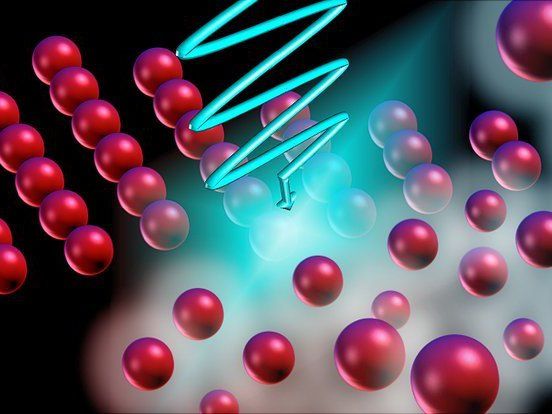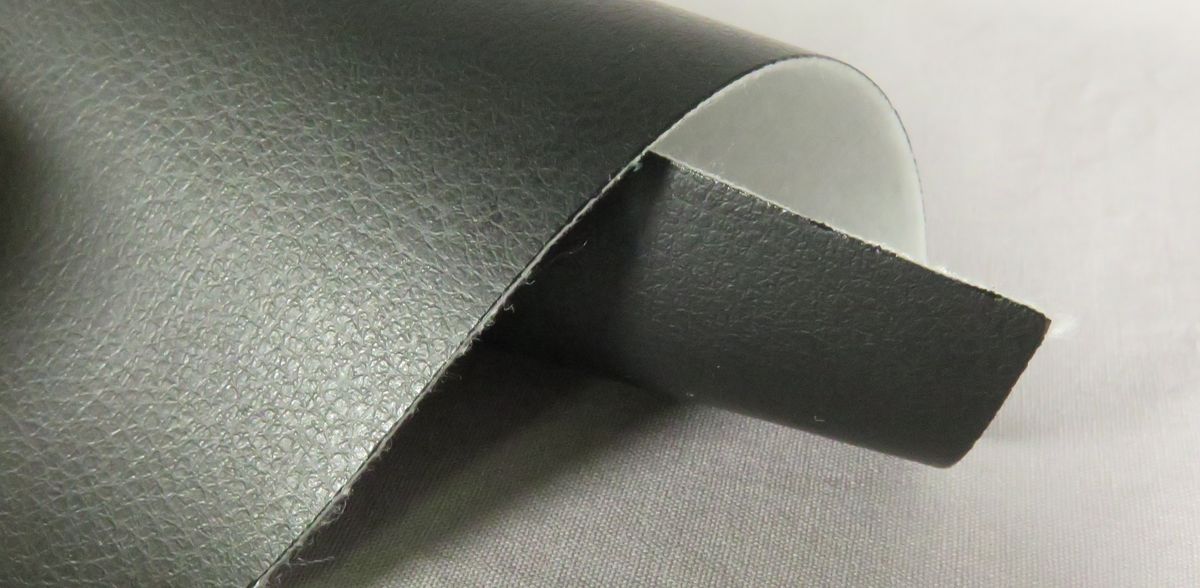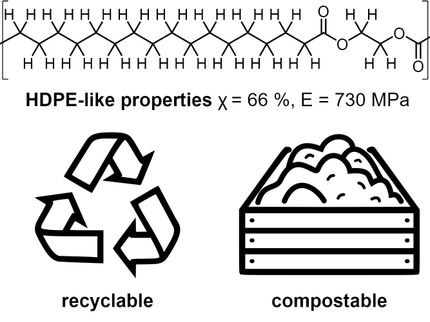Synthetic leather made from recyclable and bio-based PBS
A new type of pure synthetic leather meets the high requirements of the European Ecodesign Regulation. Made from a bio-based plastic, it is biodegradable and meets the requirements for a closed recycling process.
Many synthetic leathers consist of a textile substrate to which a polymer layer is applied. The polymer layer usually consists of an adhesive layer and a top layer, which is usually embossed. The textile backing and the top coat are usually completely different materials. Woven, knitted, or nonwoven fabrics made of PET, PET/cotton, or polyamide are often used as textile substrates. PVC and various polyurethanes are commonly used for coatings. The use of these established composite materials does not meet today's sustainability criteria. Recycling them by type is very costly or even impossible. They are not biodegradable. The search for alternative materials for the production of artificial leather is therefore urgent. In 2022, the EU adopted the Sustainable Products Initiative (SPI) ("Green Deal"). It includes an eco-design regulation that considers a product's life cycle in the conservation of resources. For textile and product design, this means incorporating closing the loop or end-of-life into product development.
In an AiF project carried out in close cooperation between the DITF and the Freiberg Institute gGmbH (FILK), it has now been possible to develop a synthetic leather in which both the fiber material and the coating polymer are identical. The varietal purity is a prerequisite for an industrial recycling concept.
The aliphatic polyester polybutylene succinate (PBS) was recommended as the base material because of its properties. PBS can be produced from biogenic sources and is now available on the market in several grades and in large quantities. Its biodegradability has been demonstrated in tests. The material can be processed thermoplastically. This applies to both the fiber material and the coating. Subsequent product recycling is facilitated by the thermoplastic properties.
In order to realize a successful primary spinning process and to obtain PBS filaments with good textile mechanical properties, process adjustments had to be made in the cooling shaft at the DITF. In the end, it was possible to spin POY yarns at relatively high speeds of up to 3,000 m/min, which had a tenacity of just under 30 cN/tex when stretched. The yarns could be easily processed into pure PBS fabrics. These in turn were used at FILK as a textile base substrate for the subsequent extrusion coating, where PBS was also used as a thermoplastic.
With optimized production steps, PBS composite materials with the typical structure of artificial leather could be produced. Purity and biodegradability fulfill the requirements for a closed recycling process.
Organizations
Other news from the department science

Get the chemical industry in your inbox
By submitting this form you agree that LUMITOS AG will send you the newsletter(s) selected above by email. Your data will not be passed on to third parties. Your data will be stored and processed in accordance with our data protection regulations. LUMITOS may contact you by email for the purpose of advertising or market and opinion surveys. You can revoke your consent at any time without giving reasons to LUMITOS AG, Ernst-Augustin-Str. 2, 12489 Berlin, Germany or by e-mail at revoke@lumitos.com with effect for the future. In addition, each email contains a link to unsubscribe from the corresponding newsletter.
Most read news
More news from our other portals
Last viewed contents
LANXESS to produce first bio-based EPDM rubber in the world
BASF increases capacity for waxes
Laser pulses control single electrons in complex molecules
Pyridostigmine

Breakthrough in molecular machines - Researchers have succeeded to obtain control of the molecular machines, which in the future may enable them to perform controlled movements
Anabolic_steroid
Bachem 2004 results with positive outlook for 2005
Tris(ethylenediamine)cobalt(III)_chloride

Material separates water from … water - A flipping action in a porous material facilitates the passage of normal water to separate it out from heavy water
Traveling_wave_tube





























































